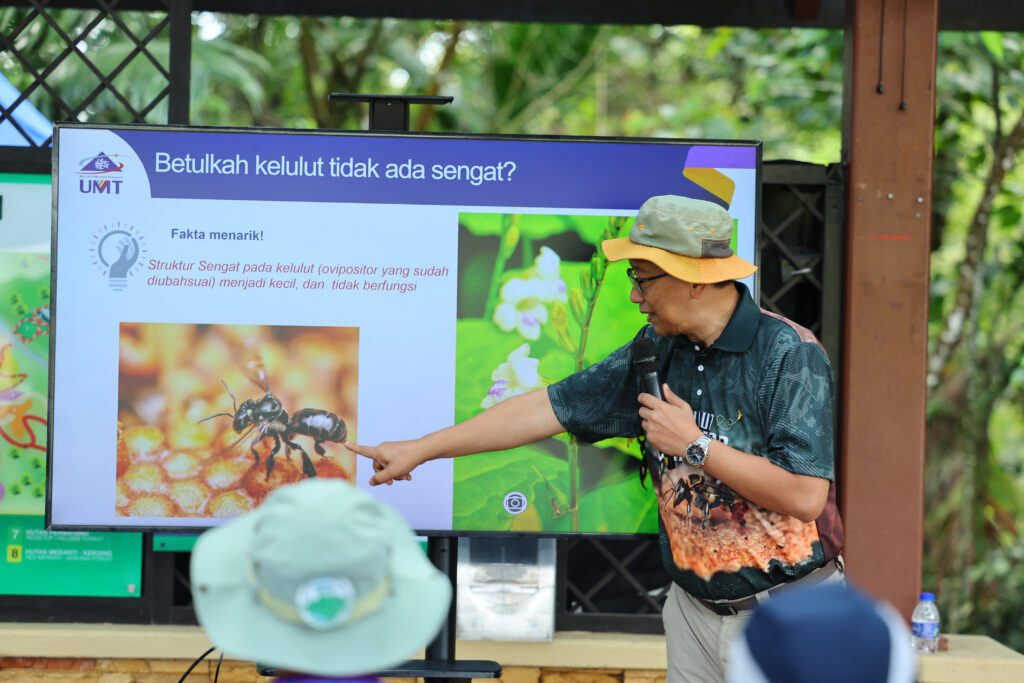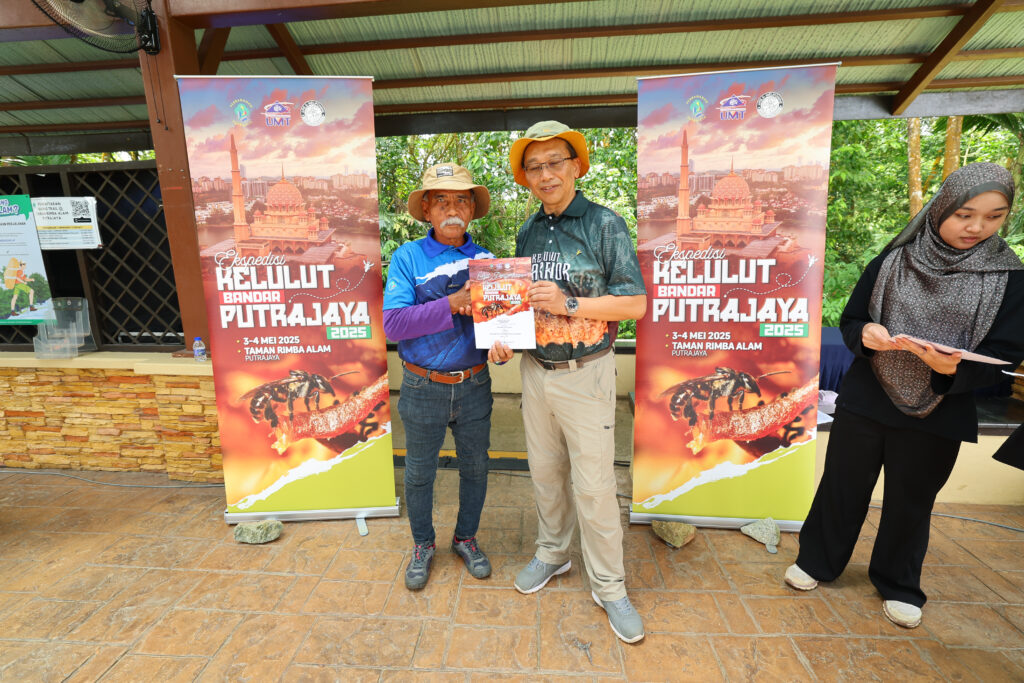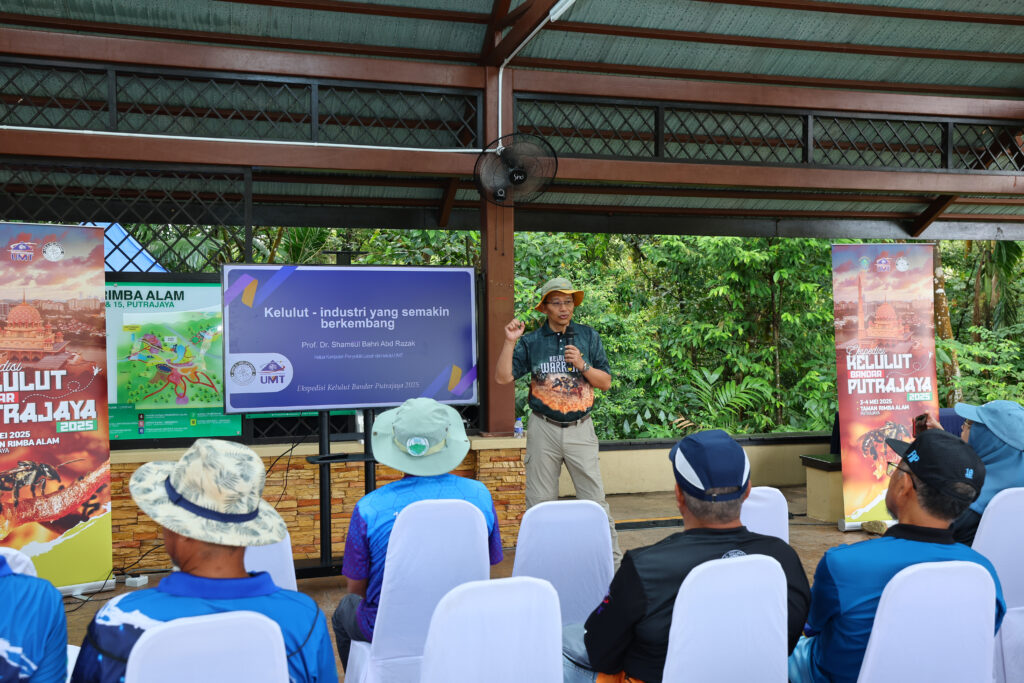


Ekspedisi Kelulut Putrajaya 2025 Uncovers Native Bees in the Heart of the Capital
Sunday, 15/06/2025
Share This Article :
The lush expanse of Taman Rimba Alam came alive from 4-5th May 2025 as Ekspedisi Kelulut Putrajaya 2025, the 24th edition of Malaysia’s long-running stingless bee expedition series, took flight, Guiding the exploration was Prof. Dr. Shamsul Bahri Bin Abd Razak, a leading stingless bee enthusiast and the driving force behind the Special Interest Group for Apis and Meliponine (SIG), Universiti Malaysia Terengganu (UMT).
Organised in close collaboration with Perbadanan Putrajaya, this year’s programme brought together 30 stingless bee enthusiasts, comprising staff members from Perbadanan Putrajaya and urban bee community stakeholders under its purview alongside five expert researchers from SIG UMT.
The two-day expedition was more than a field study. It was a vital conversation between academia and grassroots industry players on the challenges facing Malaysia’s stingless bee sector.
“The goal was twofold: to map the presence of native stingless bee species in the green lungs of Putrajaya, and to create a platform for mutual learning between scientists and community practitioners,” said Prof. Shamsul, who has spearheaded every expedition since 2015.
The fieldwork at Taman Rimba Alam yielded promising results, with the confirmed presence of three native Indo-Malayan stingless bee species, which are Tetragonula laeviceps, Tetrigona binghami, and Heterotrigona itama.
These species are not only integral to local pollination ecology but also hold potential for sustainable urban agriculture and community-based enterprise development.
In a strong show of confidence, Perbadanan Putrajaya has commissioned SIG UMT to conduct a full mapping survey across the remaining 11 parks within Putrajaya. The comprehensive findings are expected to culminate in a beautifully illustrated coffee table book, slated for release in 2026. This is a testament to the city’s commitment to biodiversity, research, and green urbanism.
The Ekspedisi Kelulut series continues to stand as a pioneering model in citizen science and biodiversity mapping, drawing together government agencies, researchers, and passionate communities under a common cause: to protect and understand Malaysia’s stingless bees fondly known as kelulut, before it is too late.
